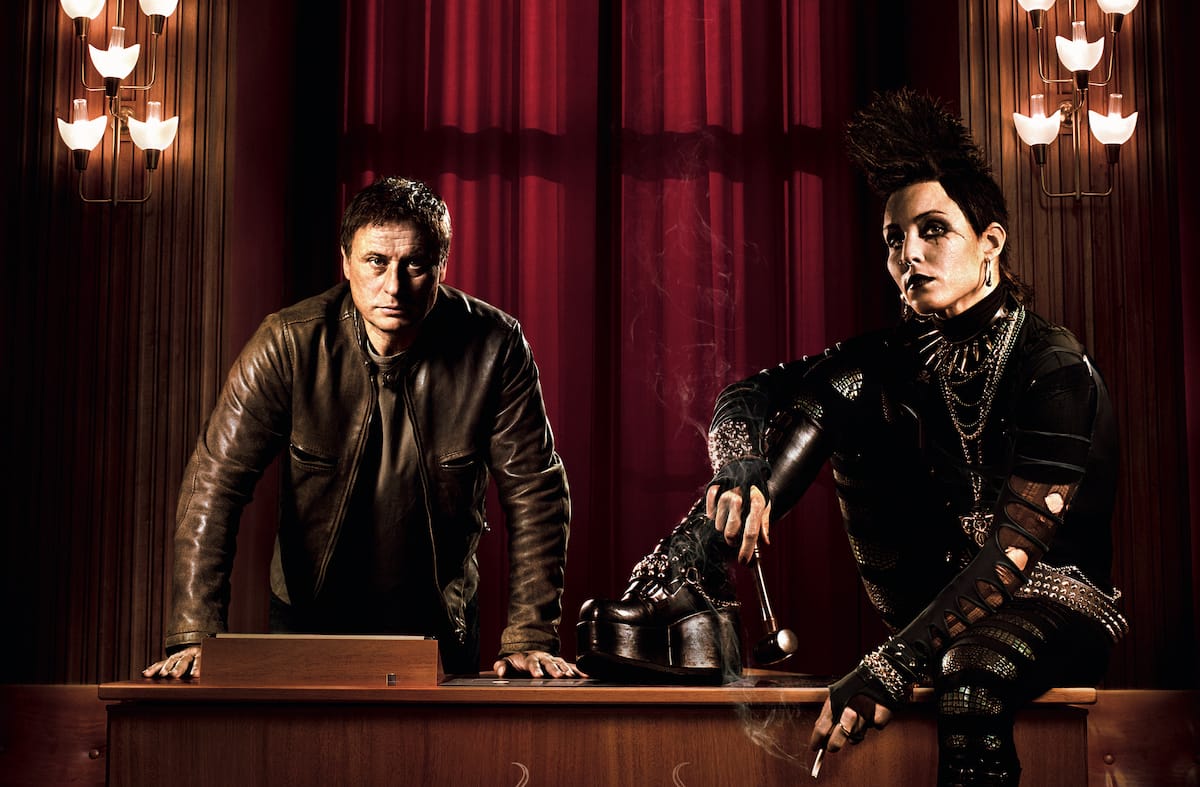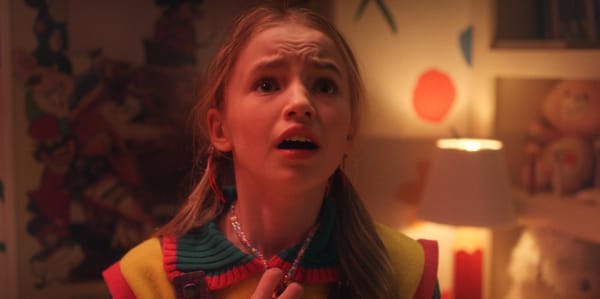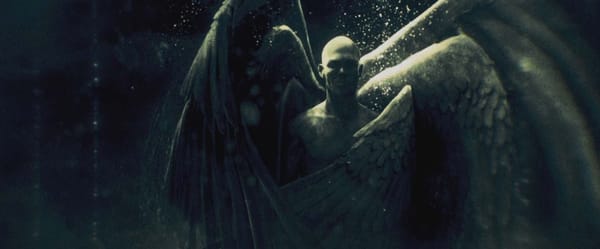Coffee & sandwiches
What to eat when hacking the government

Here’s what’s absolutely goddamn crazy: of all the ways it could have gone down — of all the options for genuine improvement (or whole-hog regression) that were on the table — we have landed, five years after the start of the covid-19 pandemic, in a world where the average office workplace has picked an aribtrary number of days per week that employees must use their office space (it’s usually 2 or 3), and are otherwise just eating the waste on all that unused infrastructure cost.
Sure, there are workplaces (again, referring to office-style workplaces; this doesn’t apply to stuff like retail, or health care, or a zillion other industries) that have fully “returned to work” (and some that were never able to leave it in the first place). And I’m sure there are some workplaces that have used the fulcrum of the pandemic to genuinely question why in the world they did it the old way in the first place, and whether there were more efficient (read: lower-cost, higher-productivity) alternatives.
If examples of the latter exist, though, I haven’t heard of them.
This wasn’t on my mind for any particular reason. I realize in writing this that I left my office job permanently two years ago this month and, thankfully, have never been asked back. I realize that there are substantially larger problems right now, and that this weird serves-no-one, achieves-nothing stasis in the office world (“2 or 3 days a week”) is kind of just the brainless result of entropy.
But still: think about it for a minute: could you have told yourself ten years ago that in 2025, for no actual, intelligently designed reason, most office buildings would just be empty half the time?
This is how a lot of things happen.
The Millennium Trilogy
Also for no particular reason, I got around to reading Stieg Larsson’s books last month. I shot through them like crap through a goose. Always bearing in mind that I was reading a translation (and that I, therefore, don’t know how closely the sophistication of the translated prose hews to the sophistication of the original), my general reaction was, boy, these are pretty rudimentary from a language perspective and who cares cuz oh my god, the plotting and characterization. It’s been a good long while since I’ve given myself an actual workout in the “pageturner” category of fiction, and this was a splendid one, hands-down. That thing where you actually can’t put out the light, till you find out what happens next. Grand!
Look, I know what you’re thinking: “wow, L. likes book that every other person who read it twenty years ago really liked, what a story!” and I get it. It’s like two years ago when I finally watched The Wire and The Wire turned out to be really good. It’s just that given some other recent experiences with “universally beloved” bits of pop culture that I’ve dug up from decades ago, it was nice to find one that really connected with me.
(I’m not trying to be coy on the other example; I’m just trying not to shit on other peoples’ creative work that doesn’t land with me, personally, as much. I’m not a paid film & television critic. If you want me to shit on you, you have to pay me, just like any OnlyFans up-and-comer.)
And, to further underline things that are generally reputedly true, yes: Lisbeth Salander is one of the great creations in the history of fiction. Hands-down. None of the screen portrayals have come close to conveying what a vengeful little asshole she is. I find her quite inspiring. The means by which Larsson goes detailing and documenting her thinking process while furtively laying out her backstory, in book two especially, is the kind of writing I am several dimensions of intelligence too dumb to ever even attempt.
While on the subject of things Larsson does well: Millennium is a good reminder that some writers are really good at always including information about what their characters are eating, and that this is not the exclusive province of the fantasy genre. It’s insane how much coffee is a part of The Girl Who Played With Fire. It’s incredible how much work Blomkvist gets done only after he’s gone and fixed himself a pot of coffee and some sandwiches.
A comic book problem
Some time ago I read All of the Marvels, Douglas Wolk’s account of his effort at reading every single Marvel comic book ever published, in order; and treating it as a single narrative, which of course it kind of is, and kind of isn’t.
In the book, Wolk mentions — this might be a known quantity about things; I didn’t know it previously — that the entire Marvel universe takes place in a span of something like 14 years. The 14 years is a rolling span, of course; which means, the 14 year “Marvel” container moves along the timeline just like the rest of us. This allows, in contemporary comic issues, for “14 years ago” in a Marvel comic in 2025 to be different from the “14 years ago” in a Marvel comic in 1971.
(That’s what I got out of Wolk’s premise, anyway; I’m not going to trust Google A.I. to tell me if I understood Wolk’s accounting correctly.)
I mention this because I was recently reading friend of the bloobsletter Chort Zanduko’s Devil’s Reign graphic novel. It’s a Daredevil/Kingpin-centric crossover event from a few years ago which has, at least in part, informed the current MCU television series, Daredevil Born Again.
In Devil’s Reign, Luke Cage and Jessica Jones’ daughter is a toddler; the last time I saw her was ten years ago (I think), and she was a baby. This proposes — and I believe this has always been true — that time does inch forward in the Marvel universe; but, emphasis on the word “inch.” It takes ten years for a baby to become a terrible two. I have no idea how old Peter Parker is in the current continuity (he’s been zapped around between his teens, twenties and thirties more times than Steve Buscemi), but given that Peter definitely grew up and married MJ at least once in my lifetime (which I recall because of the full-page ads in early-80s issues of G.I.Joe, which came out fully twenty years after teenaged Peter and MJ met in the early issues of The Amazing Spider-Man), time must inch forward for him as well.
I am, of course, thinking about Avengers: Doomsday, and the chairs.
Firstly: the chairs event (in which the cast of Doomsday was announced in a rolling livefeed that lasted about five and a half hours) was extraordinary marketing. It seemed so stupid at first. It was almost Brechtian in its alienative effect. But whatever mad scientist concocted this at Disney HQ, they were absolutely correct: it’s been years since I’ve had the kind of fun I had last Wednesday afternoon, working away at my desk and, every fifteen minutes or so, reacting in real time to a casting announcement in my most Marvel-friendly group chat, along with half of my social media feeds. They say the monoculture is dead; as my boy Thor might have replied after last Wednesday, “I say thee nay.”
Now: it’s interesting that the chairs announcement, by design, took a really long time. Five hours or so, like I said. Making Marvel Cinematic Universe movies takes a really long time, too, which (as I’ve written before) is kind of a problem, now that “Marvel is in trouble” or whatever narrative Variety’s trying to sell to you this week. These movies take years to make; they have to be planned out well in advance; and what used to be their “secret sauce” — the interconnectivity between each of the stories, to whatever degree it’s there — hangs around their neck like a rusty anchor when something starts to go wrong. One can faintly imagine an SNL sketch where consumer confidence in the brand dips after, I dunno, Ant Man’s chair is rolled out, and so Kevin Feige and company spend a frantic twenty minutes rearranging the next ten chairs in response.
And more broadly, the MCU is up against something that the comics have never had to actively grapple with (to their detriment, IMHO; more in a moment), which is that the characters are aging out. Sure, there’s digital de-aging (one of the first instances of which we saw in X3, twenty years ago, on the faces of Patrick Stewart and Ian McKellen, both of whom might need it again in Doomsday) and even worse, A.I. doubles, like the one that Disney did of Zombie Luke Skywalker and will likely employ in future Star Wars movies until long after I am dead. In this era of the legacy sequel, the shelf-life on old cinematic heroes turned out to be a lot longer than anyone ever expected, anyway.
And yet: film is a visual medium, and the fact that Thor (an ageless Norse god purported to be well into his 16th century) has crow’s feet now, and will only gain more, isn’t something the MCU can actually do anything about. They can ignore it or they can lean into it (King Thor begs to be made, Marvel; call me), but it becomes part of the text whether they like it or not… and in so doing, that text, therefore, becomes a bit more interesting.
This is one of the reasons I didn’t lose (all of) my mind when they announced Doomsday (and Robert Downey Jr.’s return) in the first place; people can fret about shameless plays to nostalgia all they like, but even if they brought the 2012 Avengers team back wholesale for Avengers: Secret Wars, seeing them is still going to play different. One of the things that worked so well about Endgame was that Tony had aged and changed; he wasn’t the same guy, and it gave him different stakes.
I doubt they’ll actually bring the original team back in Secret Wars; I don’t even buy the internet grousing that Evans is coming back. I think a lot of these performers — Scarlett Johansson is a good example — are just kinda done with the whole thing. It forces the universe to inch forward, whether it wants to or not.
For all their inching, the comics never had to deal with the reality of human aging; and, I’ve realized, I think that puts a shelf-life on the emotional viability of superhero comics that can’t be undone. I was enjoying Eve Ewing’s Exceptional X-Men and Al Ewing’s (no relation) Immortal Thor, until I wasn’t; and I realized it wasn’t because anything was wrong with the comics themselves, and only because I’ve had my X-Men story, and my Thor story, and they ended a long time ago, and no matter what narrative mechanics you can gin up to convince me that the story kept going anyway, I don’t actually care that it did. It’s intuitive, that last part; even someone insisting to these brands that all they want is more of their favourite thing, is probably wrong. We’re, all of us, addicts, and I recognize that — but I also recognize when the high is gone.
And furthermore
- You wanna think about time and comics? Start here now. (Image/Camp/Zawadski)
- Very similar to the above in some respects, this short story by Samantha Mills. (Uncanny)
- On the toy side of the Force, you can really only do one of two things: you can open ’em, or you can blow ’em up. (Giant Green Space Hand)
- Here’s the most important thing you’ll listen to all week: Tony Gilroy (Andor) was on the Scriptnotes Podcast. Ignore the thing about it being a show for screenwriters (if you aren’t one), and contemplate with awe the processes of making narrative art at this scale of craft.




